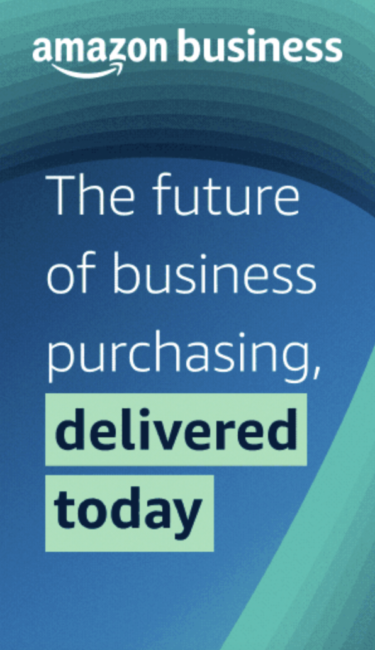- Published on
Expansion of E-Commerce Clothing and Shoes Lead Online Purchases in Morocco
- Authors

- Name
- Adil ABBADI
Introduction
Morocco's e-commerce landscape has witnessed significant growth in recent years, with online shopping becoming an increasingly popular trend among consumers. The COVID-19 pandemic has further accelerated this growth, as people turned to digital platforms to purchase essential and non-essential items from the comfort of their homes. Among the various product categories, clothing and shoes have emerged as the clear leaders in online purchases in Morocco.
- The Rise of E-Commerce in Morocco
- Clothing: The Leading Category in Moroccan E-Commerce
- Shoes: A Close Second in Online Purchases
- Key Drivers of E-Commerce Growth in Morocco
- Challenges Facing E-Commerce in Morocco
- Conclusion
- The Future of E-Commerce in Morocco
- Shop Online, Shop Moroccan
The Rise of E-Commerce in Morocco
Morocco's e-commerce market has been growing steadily over the past decade, driven by improvements in internet infrastructure, increased smartphone penetration, and a growing middle class with higher disposable incomes.
Clothing: The Leading Category in Moroccan E-Commerce
Clothing is the most popular category in Moroccan e-commerce, accounting for over 40% of online purchases. This is largely driven by the country's strong textile and garment industry, which has led to a proliferation of online fashion retailers offering a wide range of products.

Shoes: A Close Second in Online Purchases
Shoes are the second most popular category in Moroccan e-commerce, with online sales growing by over 30% in the past year alone. This is driven by the increasing popularity of international shoe brands in Morocco, as well as the convenience of online shopping for footwear.

Key Drivers of E-Commerce Growth in Morocco
Several factors have contributed to the growth of e-commerce in Morocco, including:
Increased Internet Penetration
Morocco's internet penetration rate has increased significantly in recent years, with over 70% of the population now having access to the internet.
Growing Middle Class
Morocco's growing middle class has led to an increase in disposable incomes, enabling consumers to spend more on online purchases.
Improving Logistics Infrastructure
Improvements in logistics infrastructure have made it possible for e-commerce companies to offer fast and reliable delivery options to customers across the country.
Government Support
The Moroccan government has launched several initiatives to support the growth of e-commerce, including the establishment of a dedicated e-commerce platform and the provision of funding for e-commerce startups.
Challenges Facing E-Commerce in Morocco
Despite the growth of e-commerce in Morocco, the industry still faces several challenges, including:
Limited Online Payment Options
Limited online payment options are a major challenge facing e-commerce companies in Morocco, with many consumers still preferring to use cash on delivery.
Infrastructure Limitations
Infrastructure limitations in rural areas can make it difficult for e-commerce companies to reach customers in these regions.
Competition from Traditional Retail
Traditional retail still dominates the Moroccan market, and e-commerce companies face stiff competition from brick-and-mortar stores.
Conclusion
The Moroccan e-commerce market is poised for further growth, driven by the increasing popularity of online shopping and the growing demand for clothing and shoes. While challenges remain, the government's support for the industry and the growth of logistics infrastructure are positive signs for the future of e-commerce in Morocco.
The Future of E-Commerce in Morocco
As the Moroccan e-commerce market continues to evolve, we can expect to see more innovation and expansion in the clothing and shoes categories. The growth of social commerce and the increasing importance of sustainability and digital payments will also shape the future of e-commerce in Morocco.

Shop Online, Shop Moroccan
The rise of e-commerce in Morocco presents a unique opportunity for consumers to support local businesses and shop Moroccan. By choosing to shop online from Moroccan e-commerce platforms, consumers can help drive economic growth and support the development of the country's digital economy.
